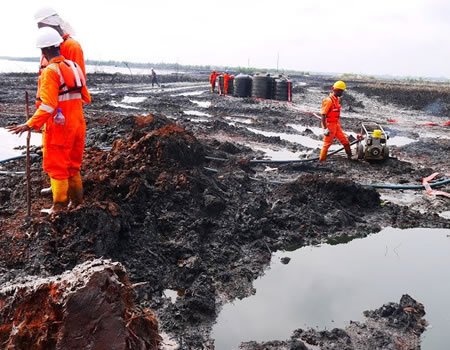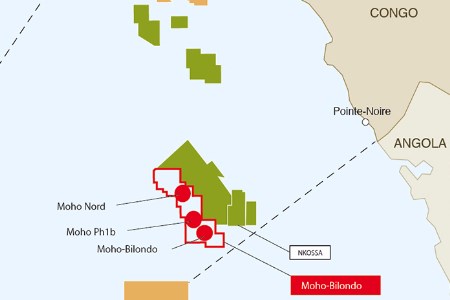 21 January 2014, News Wires – Oil rose towards $108 a barrel on Tuesday after the International Energy Agency raised its forecast for global oil demand this year, citing accelerating economic growth.
21 January 2014, News Wires – Oil rose towards $108 a barrel on Tuesday after the International Energy Agency raised its forecast for global oil demand this year, citing accelerating economic growth.
The Paris-based inter-governmental energy advisory organisation predicted world oil consumption would increase by 1.3 million barrels per day bpd this year verus last month’s forecast of 1.2 million bpd.
The heightened demand suggests supply could be tight, even as US shale oil production reaches record highs, with commercial oil stocks in industrialised nations plummeting in November by 53.6 million barrels, the biggest monthly drop since 2011.
“Most OECD economies have by now largely exited the restraints of recession, with strong gains in some countries in the energy-intensive manufacturing and petrochemical sectors,” the IEA report said.
Brent crude rose $1.45 to $107.80 a barrel by 1400 GMT, after dropping to a low of $105.81 in the previous session.
It was heading for its highest close since 31 December, and on track for its biggest daily gain in more than a month.
US oil futures gained 22 cents from Friday’s close to $94.59 a barrel. There was no settlement on Monday on the New York Mercantile Exchange due to a US holiday.
Oil also received support from an increase in risk appetite across the market after the People’s Bank of China dumped more than $42 billion into the financial system, easing concerns about a credit crunch that could hamper growth in the world’s second-biggest economy.
Helping to cap gains, Iran halted its most sensitive nuclear operations under a preliminary deal, raising prospects that the OPEC member will eventually increase oil exports.
“The Iran situation appears to be making progress, and that is taking some of the geopolitical tension off, but lifting oil sanctions will be the last to happen,” said Victor Shum, vice president of energy consultancy IHS Energy Insight.
Now that Iran has fulfilled its initial nuclear commitments under the deal, the six current customers of Iranian oil will be able to maintain purchases at current levels for six months without risk of sanctions.
In one sign of easing, Japan’s main private ship insurer on Monday resumed normal coverage for tankers carrying Iranian oil, an official with the Japan P&I Club said.
A US official said Iran was currently exporting about 60% less oil than it was two years ago and would be held to those reduced levels.
Helping to support prices were worries of prolonged disruptions from South Sudan and OPEC member Libya.
South Sudan’s president said his soldiers had taken back regional capital Malakal from rebels, but insurgents battling the government dismissed that report.
Libya plans to remove protesters who have seized eastern ports vital to oil exports within the next few days, Prime Minister Ali Zeidan said.
Since the summer, a group of heavily armed demonstrators has occupied three eastern oil ports, which together had accounted for 600,000 bpd of exports, to force the central government to give it political autonomy.
“The expectation of a rapid normalisation of oil production in Libya has given way to a more realistic appraisal of the situation,” said Carsten Fritsch, analyst at Commerzbank.
“Despite the fact that the Libyan prime minister announced that the oil terminals in the east of the country, which have been shut down for months, would be opened within days, this is hardly feasible in practice.”
– Upstream



